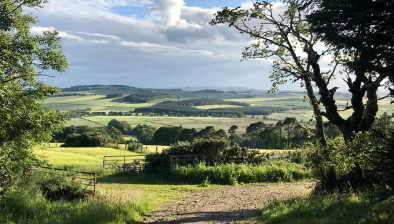Rural areas risk losing more than 25% of population by 2046, study finds
 Scotland’s sparsely populated areas are at risk of losing more than a quarter of their population by 2046 if current demographic trends are left unchanged, according to new research.
Scotland’s sparsely populated areas are at risk of losing more than a quarter of their population by 2046 if current demographic trends are left unchanged, according to new research.
A study commissioned by the Scottish Government and conducted by the James Hutton Institute investigated the demographic challenges confronting sparsely populated areas including vast tracts of the Highlands and Islands and some areas in the Southern Uplands. Together these regions represent almost half of the country’s land but are home to less than 3% of its population.
Social scientist Dr Andrew Copus, who based at the James Hutton Institute’s Social, Economic and Geographical Sciences group in Aberdeen and lead author of the report, said: “Scotland’s sparsely populated areas have a demographic legacy which, in the absence of intervention, will result in decades of population decline, and shrinkage of its working age population on a scale which implies serious challenges for economic development.
“Our research underlines a divergence in the demographic development of these areas to the rest of the country. The key issue is a relatively small number of children and young people, which in the years to come will translate into a shrinking working age population, projected to decrease by 33% by 2046.”
“If no action is taken, this may have serious implications for the workforce, the economy, and the capacity for demographic regeneration.”
Population projections for sparsely populated areas are tricky, due to the relatively small numbers of persons involved. Researchers applied a specially adapted forecasting model, developed in Nordic countries, to previously available data. This allowed an estimation of the likely future population trends for Scotland’s sparsely populated areas and each of their constituent sub-areas.
The report states that during the early years of the current decade, it is estimated that an annual net migration of about +430 persons to these areas would have kept the population at 2011 levels. However, this requirement seems likely to increase to more than 1,300 during the five years after 2021 and will remain above 1,000 until 2046.
The next stage of the research will examine issues such as potential changes in land use; evolving settlement patterns; likely changes in land-based activities because of new developments and the policy context including Brexit; increased personal mobility; the potential of sparsely populated areas as an environmental resource to support the wellbeing of urban Scotland; and the social and cultural implications of inward migration on the scale which the projection model suggests.







